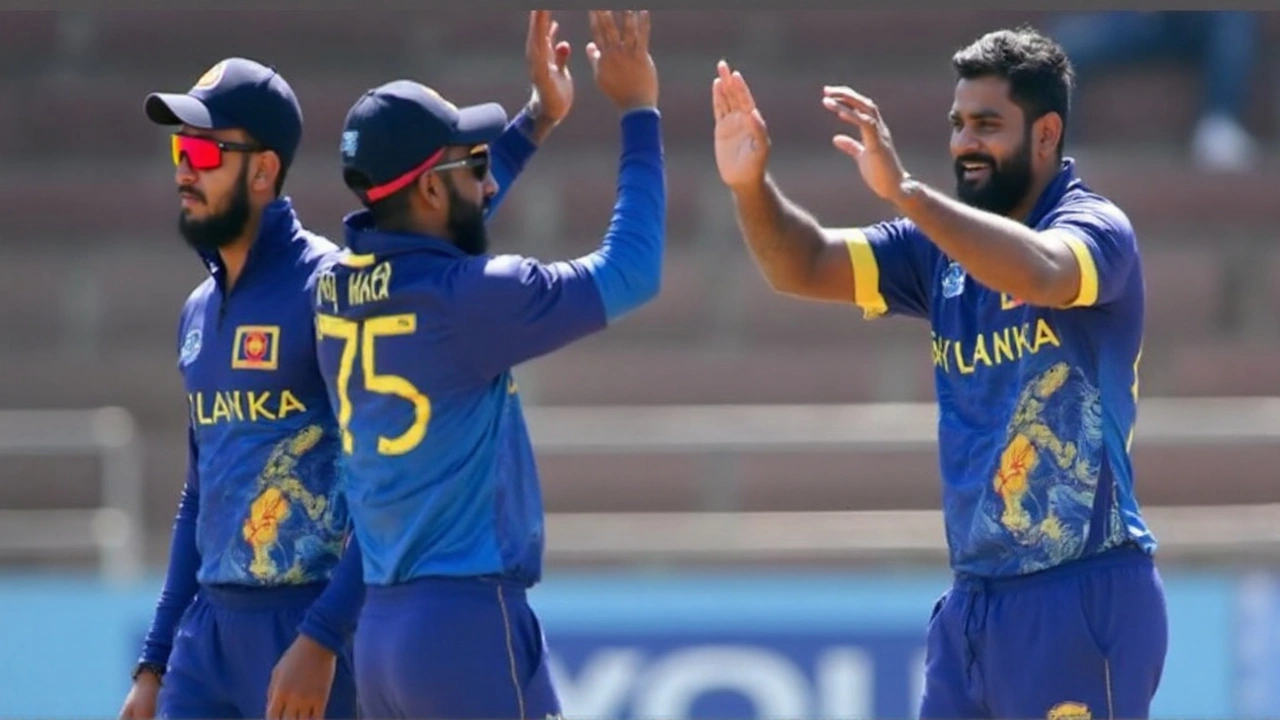Cricket Injuries: What Happens and How to Avoid Them
Cricket is a fun game, but it can also put a lot of strain on the body. Whether you are a bowler, a batter, or a fielder, chances are you have felt a twinge or a bruise at some point. Understanding why these injuries happen and what you can do about them makes the difference between a short break and a long recovery.
Typical Injuries on the Field
Most injuries in cricket are linked to three main actions: fast bowling, batting, and fielding. Fast bowlers often suffer from lower back pain because the delivery stride twists the spine repeatedly. The repeated impact can also cause shoulder strain and hamstring pulls. For batters, the most common complaints are hand and wrist fractures from mistimed shots, and elbow soreness caused by the repetitive swing. Fielders, especially those who chase high balls, are prone to ankle sprains and collisions with the ground that lead to bruises or knocked‑out teeth.
Another frequent issue is eye injuries. A ball glancing off a bat can travel at high speed, and if a fielder or batter isn’t wearing proper protection, the impact can damage the eye. That’s why helmets with face guards are now mandatory in most leagues.
How to Reduce the Risk
Prevention starts with a good warm‑up. Spend at least ten minutes doing light jogging, dynamic stretches, and joint rotations. Focus on the shoulders, hips, and ankles because these are the joints that move the most during a game.
Strength training also pays off. Simple body‑weight exercises like planks, squats, and lunges build the core and leg muscles that support a bowler’s delivery. For batters, grip strength matters—use a stress ball or a hand gripper a few times a week to keep the forearms strong.
Equipment matters too. Make sure you wear a correctly sized helmet, pads, and a glove that fits snugly. Old or cracked gear loses its protective ability, so replace it regularly.
Hydration and nutrition are often overlooked. Dehydrated muscles are more likely to cramp, and a lack of protein slows down recovery. Keep a water bottle handy and snack on nuts or a banana during breaks.
If you feel a pain that doesn’t go away after a few days, see a physiotherapist. Ignoring a minor niggle can lead to a serious injury later. Early treatment usually means a quicker return to the game.
Finally, listen to your body. On days when you’re feeling unusually stiff or sore, consider a lighter session or a day off. Rest is a crucial part of any training plan, and it helps prevent overuse injuries that creep up over a season.
Cricket can be played for a lifetime if you respect the physical demands and take practical steps to stay safe. By warming up, strengthening key muscles, using the right gear, and treating pain early, you’ll spend more time enjoying the sport and less time in the physiotherapy room.
